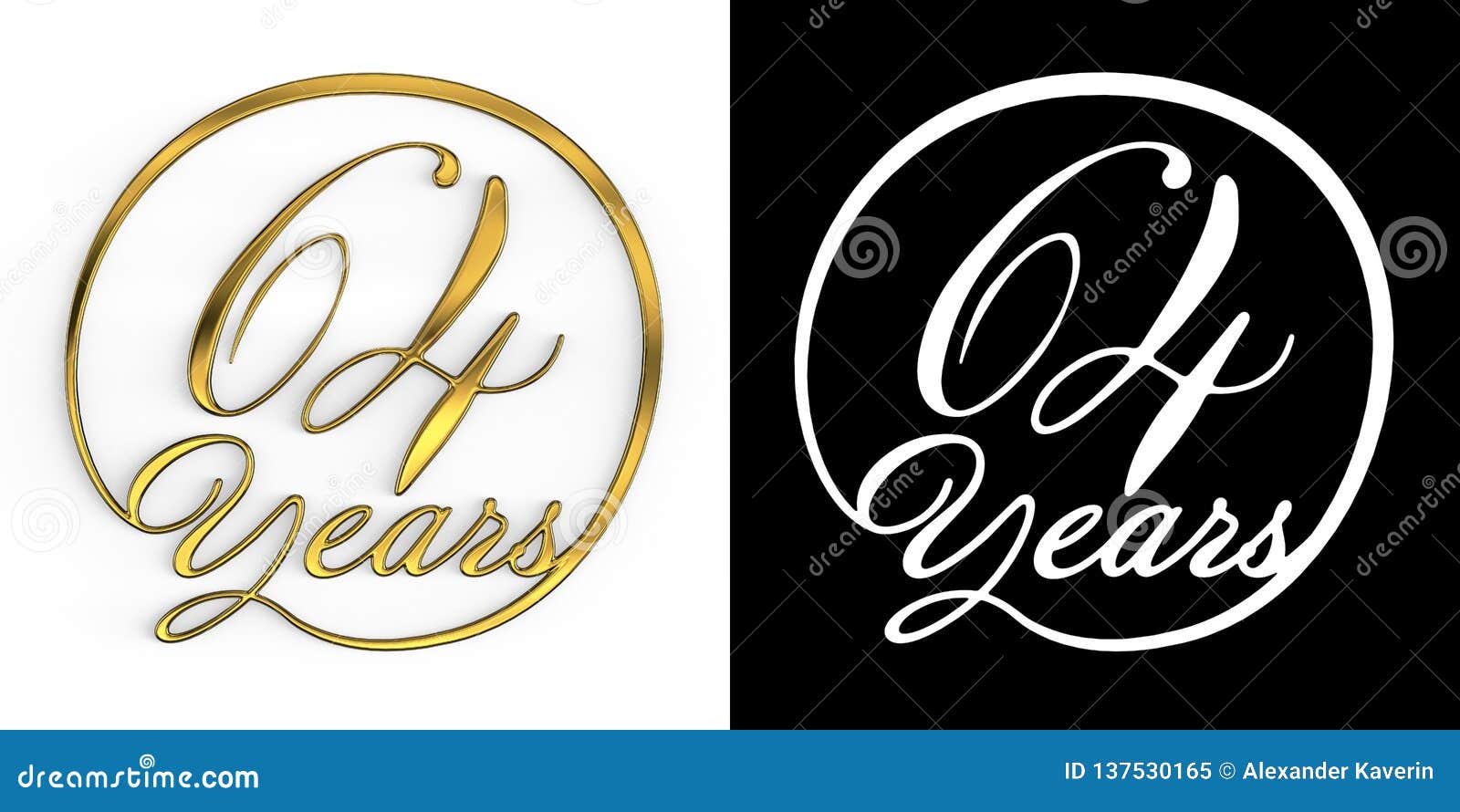

Numbers in figure titles reflect original numeration from source Condition of Education indicators. Department of Education, Institute of Education Sciences. SOURCE: National Center for Education Statistics. Enrollment data for 2020–21 are preliminary.Ģ Speech or language impairment is defined as a communication disorder such as stuttering, impaired articulation, a language impairment, or a voice impairment that adversely affects a child’s educational performance.

The number of children served as a percentage of total enrollment is based on total public school enrollment in prekindergarten through grade 12. Data for students ages 3–21 and school-age students served under IDEA are for the 50 states and the District of Columbia only. See reference tables in the Digest of Education Statistics for more information. Students with multiple disabilities, hearing impairments, orthopedic impairments, visual impairments, traumatic brain injuries, and deaf-blindness each accounted for 2 percent or less of those served under IDEA.ġ Totals presented in this indicator include imputations for states for which data were unavailable. Students with autism, developmental delays, intellectual disabilities, and emotional disturbances each accounted for between 5 and 12 percent of students served under IDEA. Thirty-three percent of all students who received special education services had specific learning disabilities, 19 percent had speech or language impairments, 2 and 15 percent had other health impairments (including having limited strength, vitality, or alertness due to chronic or acute health problems such as a heart condition, tuberculosis, rheumatic fever, nephritis, asthma, sickle cell anemia, hemophilia, epilepsy, lead poisoning, leukemia, or diabetes). However, the percentage of students who were served under IDEA was higher in 2020–21 (15 percent) than in 2019–20 (14 percent), continuing the upward trend.Īmong students who received special education services under IDEA in school year 2020–21, the category of disabilities with the largest reported percentage of students was "specific learning disabilities." A specific learning disability is a disorder in one or more of the basic psychological processes involved in understanding or using spoken or written language that may manifest itself in an imperfect ability to listen, think, speak, read, write, spell, or do mathematical calculations. This was the first drop in the number of students receiving IDEA services since 2011–12. Meanwhile, the number of students receiving IDEA services was about 1 percent lower in 2020–21 than in 2019–20. 1 In fall 2020, after the beginning of the coronavirus pandemic, overall enrollment in public schools was 3 percent lower than in fall 2019 (see Public School Enrollment). From school year 2009–10 through 2020–21, the number of students ages 3–21 who received special education services under IDEA increased from 6.5 million, or 13 percent of total public school enrollment, to 7.2 million, or 15 percent of total public school enrollment. Data collection activities to monitor compliance with IDEA began in 1976. Eligible students are those identified by a team of professionals as having a disability that adversely affects academic performance and as being in need of special education and related services.
#SIXTYFOUR NUMBER FREE#
How many students with disabilities receive services?Įnacted in 1975, the Individuals with Disabilities Education Act (IDEA), formerly known as the Education for All Handicapped Children Act, mandates the provision of a free and appropriate public school education for eligible students ages 3–21.


 0 kommentar(er)
0 kommentar(er)
